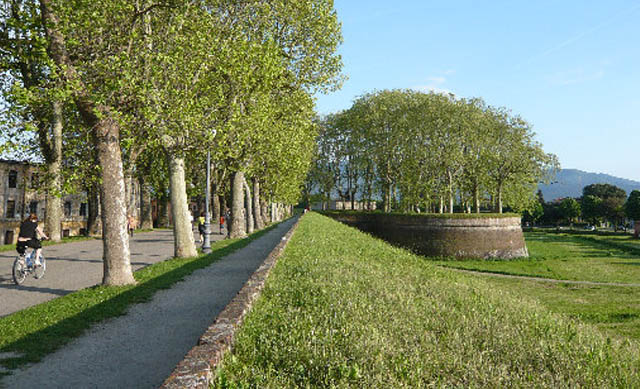
Come il vocabolario italiano, i muri d’Italia raccontano una ricca storia.
Just like Italian vocabulary is full of surprises, Italy’s walls are steeped in rich history.
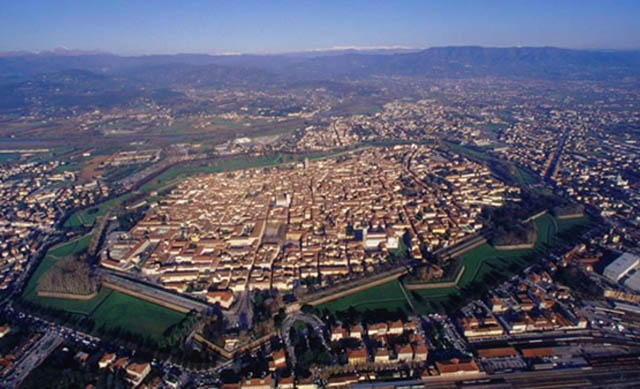
Le origini storiche delle mura di Lucca
Le origini storiche delle mura di Lucca
Lucca è una graziosa cittadina della Toscana, situata a ovest di Firenze. La sua particolarità risiede nel cerchio di mura che circonda interamente il centro storico, un’opera che ha una lunga e importante valenza storica.
Lucca is a charming town in Tuscany, just west of Florence. What makes it unique is the circle of walls that entirely surrounds the city center, holding great historical significance.
Originariamente fondata dagli Etruschi, Lucca divenne successivamente una colonia romana e svolse un ruolo di rilievo nella storia romana. La posizione strategica della città la rese un insediamento chiave nella provincia romana della Gallia Cisalpina, dove Giulio Cesare ricoprì il ruolo di governatore.
Originally founded by the Etruscans, Lucca later became a Roman colony and played a notable role in Roman history. The town’s strategic location made it a key settlement in the Roman province of Cisalpine Gaul, where Julius Caesar served as Governor.
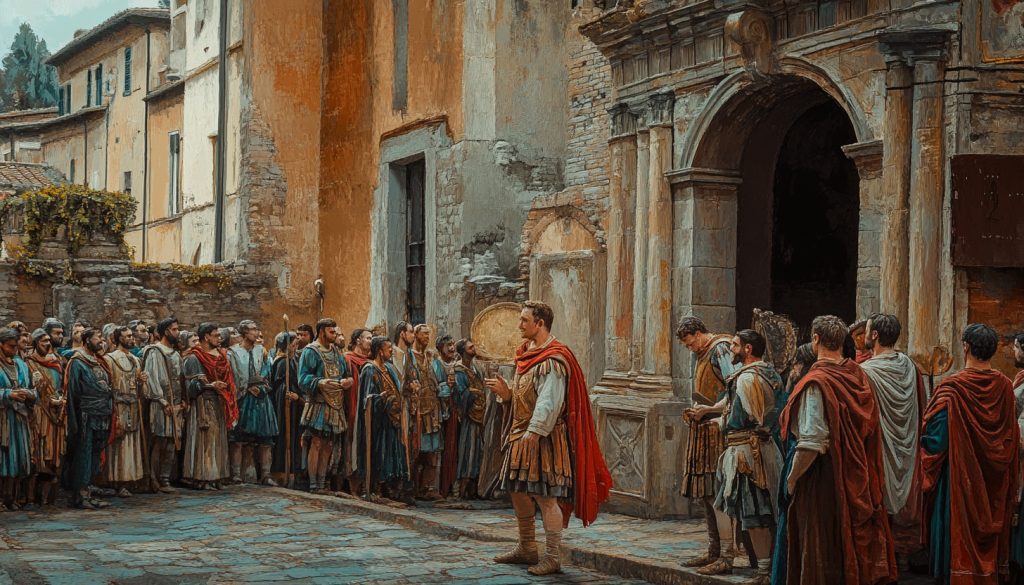
Giulio Cesare partecipò alla conferenza di Luca a Lucca nel 56 a.C.
Julius Caesar attended the conference of Luca in Lucca in 56 B.C.
Uno degli eventi storicamente più significativi legati a Lucca fu la Conferenza di Luca del 56 a.C. Questo incontro riunì le tre potenti figure del Primo Triumvirato—Cesare, Pompeo e Crasso—per riaffermare la loro alleanza politica. L’incontro si tenne a Lucca, allora la città più meridionale della Gallia Cisalpina, e sancì i piani per la loro cooperazione futura, inclusa l’estensione del comando di Cesare in Gallia. Si dice che alla conferenza parteciparono fino a 200 senatori, a testimonianza della sua importanza nel plasmare il corso della politica romana.
One of the most historically significant events tied to Lucca was the Conference of Luca in 56 BC. This meeting brought together the three powerful figures of the First Triumvirate—Caesar, Pompey, and Crassus—to reaffirm their political alliance. The gathering was held in Lucca, then the southernmost town of Cisalpine Gaul, and cemented plans for their continued cooperation, including Caesar’s extended command in Gaul. The conference reportedly drew as many as 200 senators, underscoring its importance in shaping the trajectory of Roman politics.
Nel cuore della città, l’anfiteatro romano rappresenta un’importante testimonianza del suo ricco passato. Sebbene più piccolo, richiama il design circolare unico del Colosseo romano ed è un suggestivo simbolo dell’eredità romana di Lucca. Oggi, si possono ancora vedere tracce delle antiche mura romane, offrendo uno scorcio sull’ingegnosità architettonica dell’epoca.
In the heart of the city, the Roman amphitheater stands as a testament to its rich past. Though smaller in scale, it mirrors the unique circular design of the Roman Colosseum and serves as a striking reminder of Lucca’s Roman heritage. Today, traces of the original Roman walls can still be seen, offering a glimpse into the engineering prowess of the era.
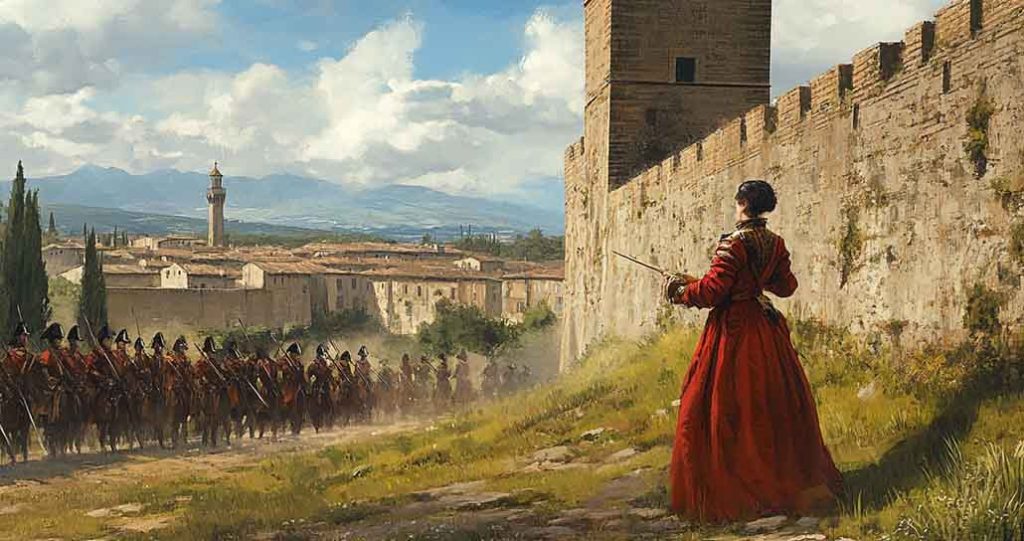
Il fascino medievale e le minacce dei Medici
Le origini storiche delle mura di Lucca
Durante il Medioevo, nuove mura furono costruite e ampliate con l’espansione della città. Con il crescere dell’importanza di Lucca, il bisogno di difese più solide divenne evidente.
During the Middle Ages, new walls were constructed and expanded as the city grew. With Lucca’s increasing prominence, the need for stronger defenses became clear.
L’ultima grande fortificazione iniziò nel 1545, per far fronte alla minaccia percepita dalla famiglia Medici di Firenze, e fu completata nel 1650. Sebbene progettate per difendere Lucca da attacchi militari, le mura non furono mai usate a questo scopo.
The last major fortification began in 1545 to counter a perceived threat from the Medici family of Florence and was completed in 1650. Although designed to defend Lucca from military attacks, the walls were never used for this purpose.
Nonostante la loro imponenza, le mura proteggevano la città dalle alluvioni del fiume Serchio, un nemico ben più temibile dei Medici!
Despite their grandeur, the walls protected the city from floods of the Serchio River—a far more formidable enemy than the Medici!
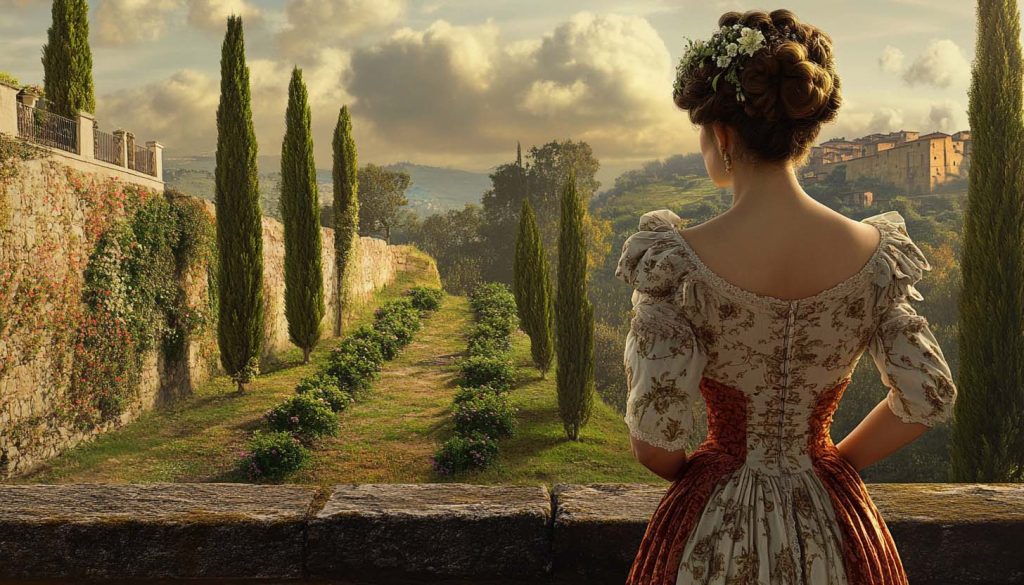
Dalle fortificazioni ai parchi pubblici: l’evoluzione delle mura
Dalle fortificazioni ai parchi pubblici: l’evoluzione delle mura
Durante l’era napoleonica, le mura furono smilitarizzate e, nel 1809, Elisa Baiocchi, sorella di Napoleone, ordinò la costruzione della Porta Elisa in stile neoclassico come nuovo accesso alla città.
During the Napoleonic era, the walls were demilitarized, and in 1809, Napoleon’s sister Elisa Baiocchi ordered the construction of Porta Elisa in a neoclassical style as a new gateway to the city.
Successivamente, Luisa di Borbone, con l’aiuto dell’architetto Lorenzo Nottolini, trasformò le mura in un incantevole parco, consolidando le opere di terra e piantando alberi lungo il camminamento.
Later, Luisa of Bourbon, with the help of architect Lorenzo Nottolini, transformed the walls into a delightful park by consolidating earthworks and planting trees along the pathway.
Oggi le mura sono il cuore pulsante di Lucca, dove i lucchesi si ritrovano per correre, pedalare, passeggiare e rilassarsi.
Today, the walls are the vibrant heart of Lucca, where locals gather to jog, cycle, stroll, and unwind.
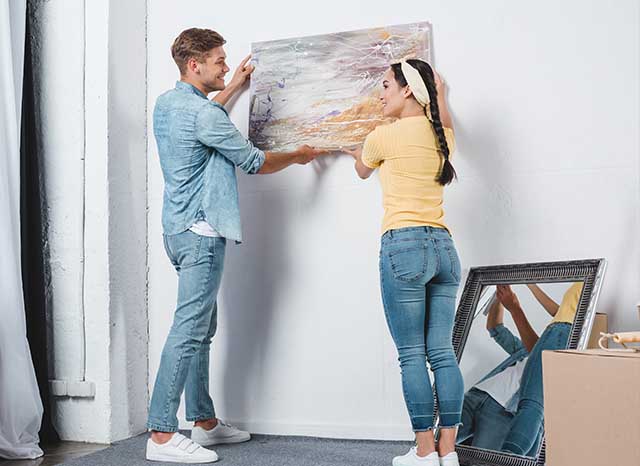
Adesso scendiamo dal muro e costruiamo il tuo vocabolario italiano!
Now Let’s Get Off the Wall and Build Up Your Italian Vocabulary!
Le pareti: i muri interni di una casa.
Le pareti: the interior walls of a house.
I muri: le strutture portanti della casa.
I muri: the structural walls of a house.
Le mura: le mura cittadine o fortificate, come quelle di Lucca.
Le mura: city or fortified walls, like those in Lucca.
Possiamo anche utilizzare espressioni come “bastioni,” “mura cittadine” o “una cerchia di mura” per descrivere le mura che circondano una città.
We can also use expressions like “bastions,” “city walls,” or “a circle of walls” to describe the fortifications surrounding a city.
Questo uso di “mura” è irregolare, come uova (le uova), braccia (le braccia) e labbra (le labbra).
The word “mura” is irregular, much like uova (le uova), braccia (le braccia), and labbra (le labbra).
The irregularity of nouns like le mura, le uova, le braccia, and le labbra arises from their Latin origins and how their plural forms developed in Italian. These nouns are part of a small group known as nouns of “pluralia tantum” or irregular pluralization because their plural forms do not follow standard rules of gender agreement. Here’s a breakdown:
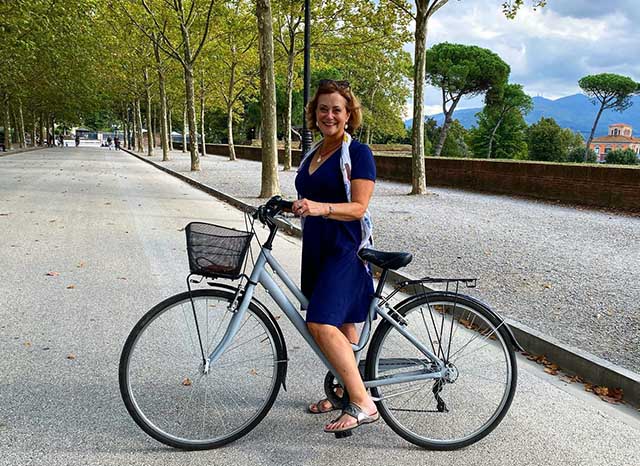
Le mura di Lucca sono il luogo ideale per rilassarsi, fare esercizio o semplicemente godersi la vista della città e della campagna circostante. Gli alberi secolari che ombreggiano il percorso creano un’atmosfera tranquilla. Non c’è niente di meglio che immergersi nella storia mentre si ammira un panorama così suggestivo.
Lucca’s walls are a perfect spot to relax, exercise, or simply enjoy the views of the city and surrounding countryside. The centuries-old trees shading the pathway provide a peaceful atmosphere. There’s nothing better than soaking in history while enjoying such a picturesque setting.
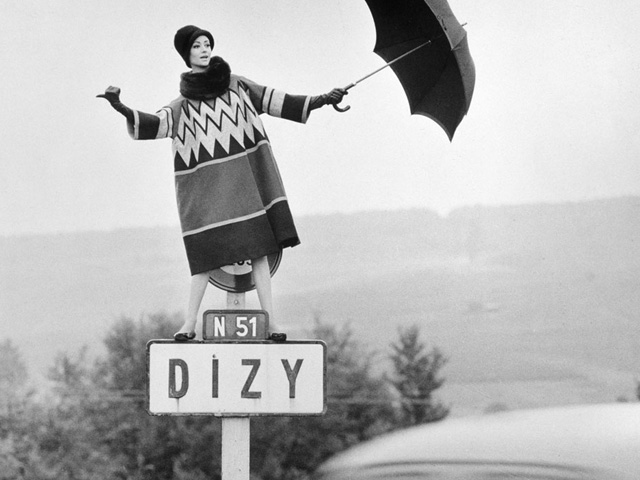
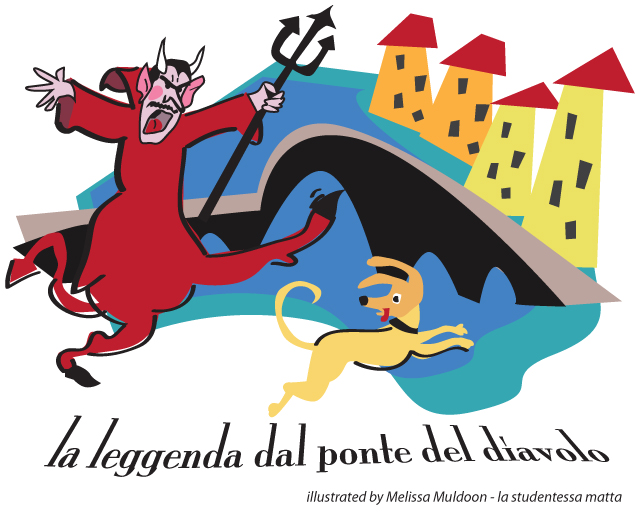
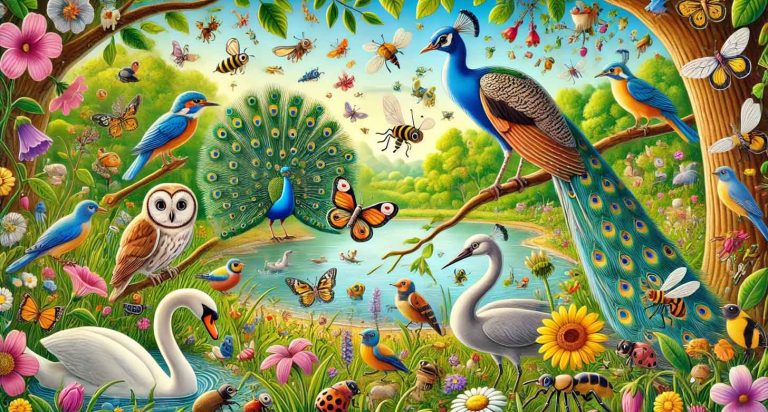
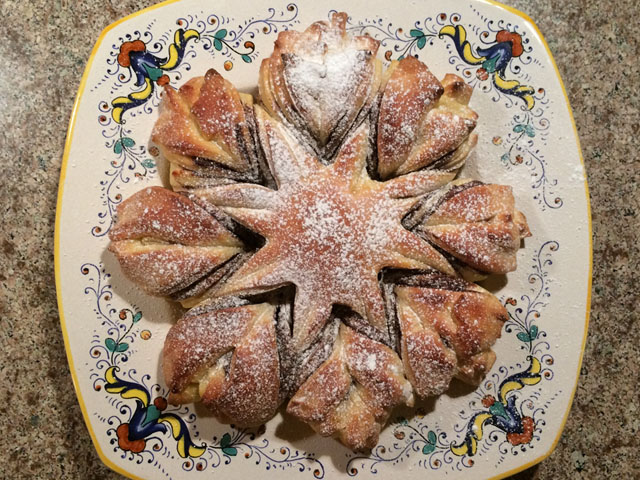
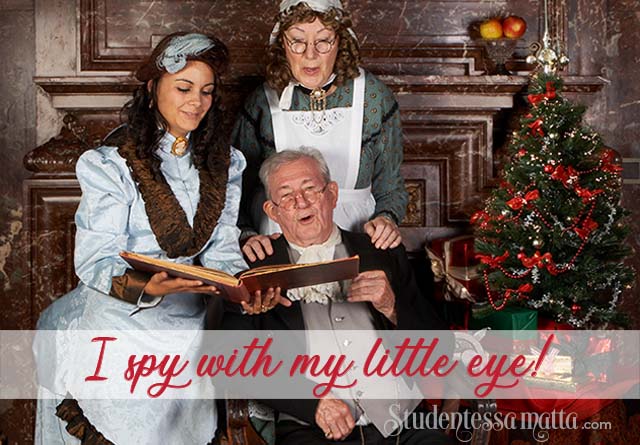
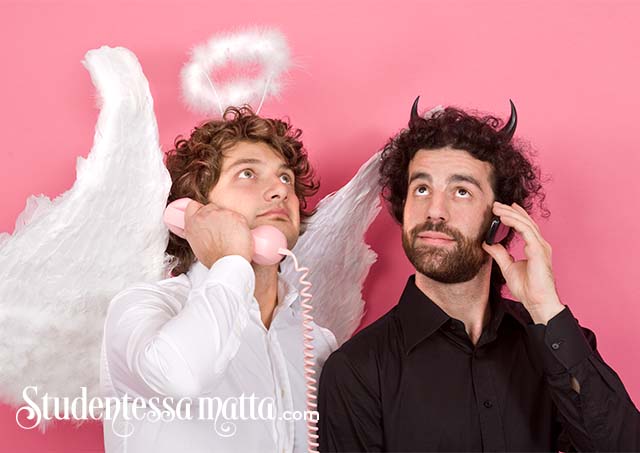





Sono caduta dalla bici due volte! Una volta quando scendevo un sentiero dalle Mura e una volta nel centro storico. Cadere dalla tua bici dev’essere un segno sicuro che siete un turista. Che imbarazzante!
In bocca al lupo! Buon viaggio!
Sono stato a Lucca tre o quattro volte, in occasione di Lucca Comics e ho sempre fatto il turista; è una bellissima città 🙂